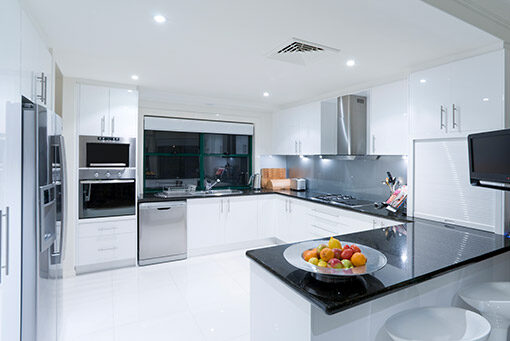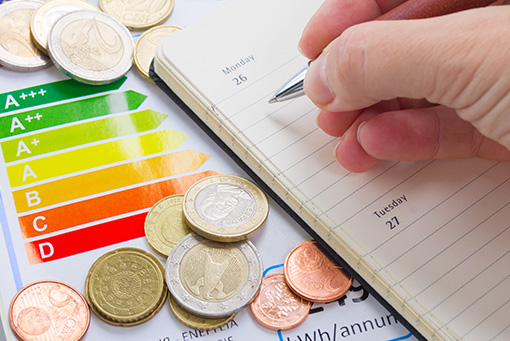Water Efficiency Measures for Residences
Adopted from EPA’s Website.
Bathrooms:
- Never use your toilet as a waste basket.
- “FLUSH-ABLE WIPES” are not flush-able! Put them in the trash. Remember, “Wipes will clog your pipes!”
- Do not let the water run while shaving or brushing teeth.
- Take short showers instead of tub baths. Turn off the water flow while soaping or shampooing.
- If you must use a tub, close the drain before turning on the water and fill the tub only half full. Bathe small children together.
- Never pour water down the drain when there may be another use for it – such as watering a plant or garden.
Kitchen and Laundry:
- Keep drinking water in the refrigerator instead of letting the faucet run until the water is cool.
- Wash fruits and vegetables in a basin. Use a vegetable brush.
- Do not use water to defrost frozen foods, thaw in the refrigerator overnight.
- Use a dishpan for washing and rinsing dishes.
- Scrape, rather than rinse, dishes before loading into the dishwasher.
- Add food wastes to your compost pile instead of using the garbage disposal.
- Operate the dishwasher only when completely full.
- Use the appropriate water level or load size selection on the washing machine.


Outside:
- Sweep driveways, sidewalks and steps rather than hosing off.
- Wash the car with water from a bucket, or consider using a commercial car wash that recycles water.
- When using a hose, control the flow with an automatic shut-off nozzle.
- Avoid purchasing recreational water toys which require a constant stream of water.
- If you have a swimming pool, consider a new water-saving pool filter.
- Lower pool water level to reduce amount of water splashed out.
- Use a pool cover to reduce evaporation when pool is not being used.
Equipment:
- Repair all leaks. A leaky toilet can waste 200 gallons per day. To detect leaks in the toilet, add food coloring to the tank water. If the colored water appears in the bowl, the toilet is leaking. Toilet repair advice is available at http://www.toiletology.com/index.shtml
- Install ultra-low flow toilets, or place a plastic container filled with water or gravel in the tank of your conventional toilet. Be sure it does not interfere with operation of the toilet’s flush mechanisms.
- Install low-flow aerators and showerheads.
- Consider purchasing a high efficiency washing machine which can save over 50% in water and energy use.


